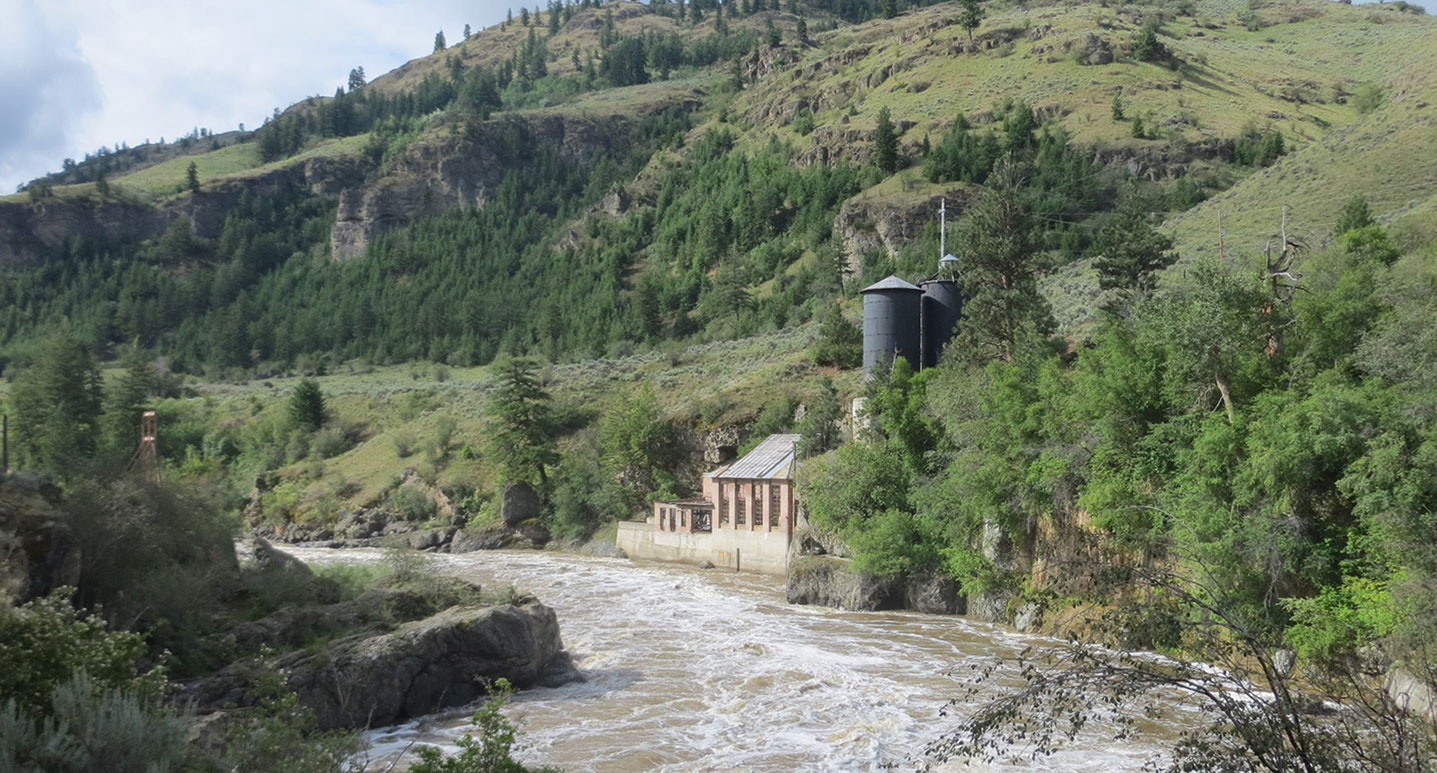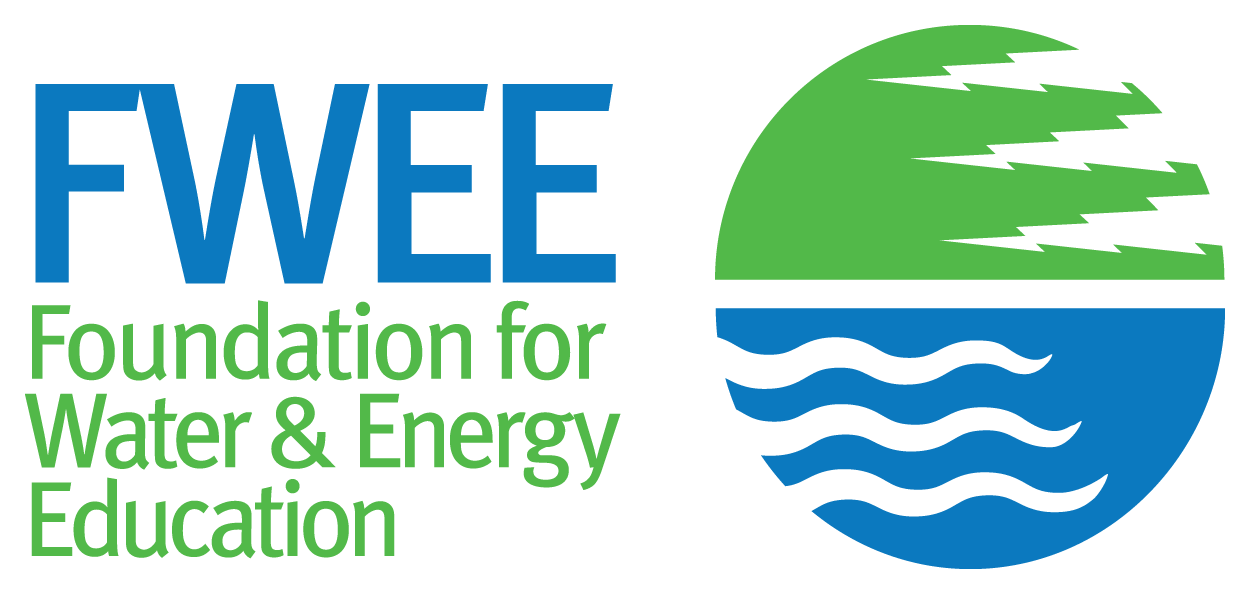How a Hydroelectric Project Can Affect a River

Hydropower has traditionally been considered environmentally friendly because it represents a clean and renewable energy source. The term renewable refers to the hydrologic cycle that circulates water back to our rivers, streams, and lakes each year. At hydroelectric projects, the force of falling water is used as “fuel” to generate electricity. In contrast, fossil fuels like coal, natural gas, or oil must be extracted from the earth and burned to produce electricity.
The term clean is also used because production of electricity with hydropower does not pollute the air, contribute to acid rain or ozone depletion because of carbon dioxide emissions, or (like nuclear power) leave highly toxic waste that is difficult to dispose of. Visit Northwest Sources of Electricity to learn more.
As Hydropower in the Northwest graphically illustrates, over 80% of the Northwest’s renewable energy to generate electricity comes from hydropower. And while there are many benefits to using hydropower as a renewable source of electricity, like any energy resource there are also environmental impacts. These impacts generally relate to how a hydroelectric project affects a river’s ecosystem and habitats.
Because there are over 370 hydroelectric projects in the Northwest, understanding such ecosystem and habitat issues is vitally important. Examining these issues, however, needs to be done in a broad context for three reasons. First, no two hydroelectric projects are exactly alike, and many are very different. Thus, while issues can be examined in general terms, one should not draw conclusions that all or even most projects have similar environmental impacts.
Second, while this discussion focuses on hydroelectric projects, one should not conclude that all dams are used to produce electricity. Nationally, for instance, only three percent of the nation’s 80,000 dams are used to produce electricity. Most dams are used for purposes such as irrigation, flood control, and water treatment. Further, many dams support a combination of activities. For example, dams on the mainstem of the Columbia River are used for irrigation, flood control, transportation, recreation, and the production of electricity.
Third, this section does not provide detailed information about a host of other activities that can significantly impact a river’s ecosystem and the species that rely on it for survival. Examples of other non-hydropower related impacts include grazing, logging, agricultural activities, mining, land development, and the harvesting of fish. Determining the relative impact of these activities versus hydroelectric projects is very complex and the subject of ongoing debate.
Protection, Mitigation, and Enhancement strategies are how hydropower generators meet their environmental impact responsibilities.
Updated February 2022
